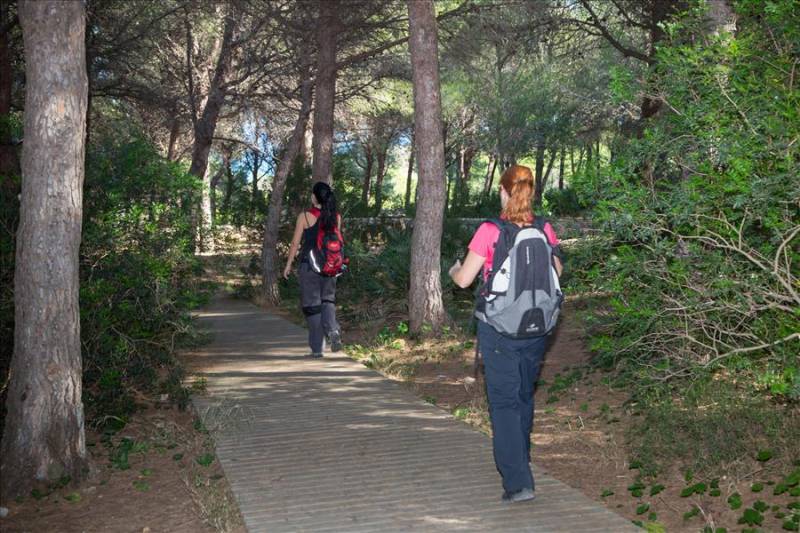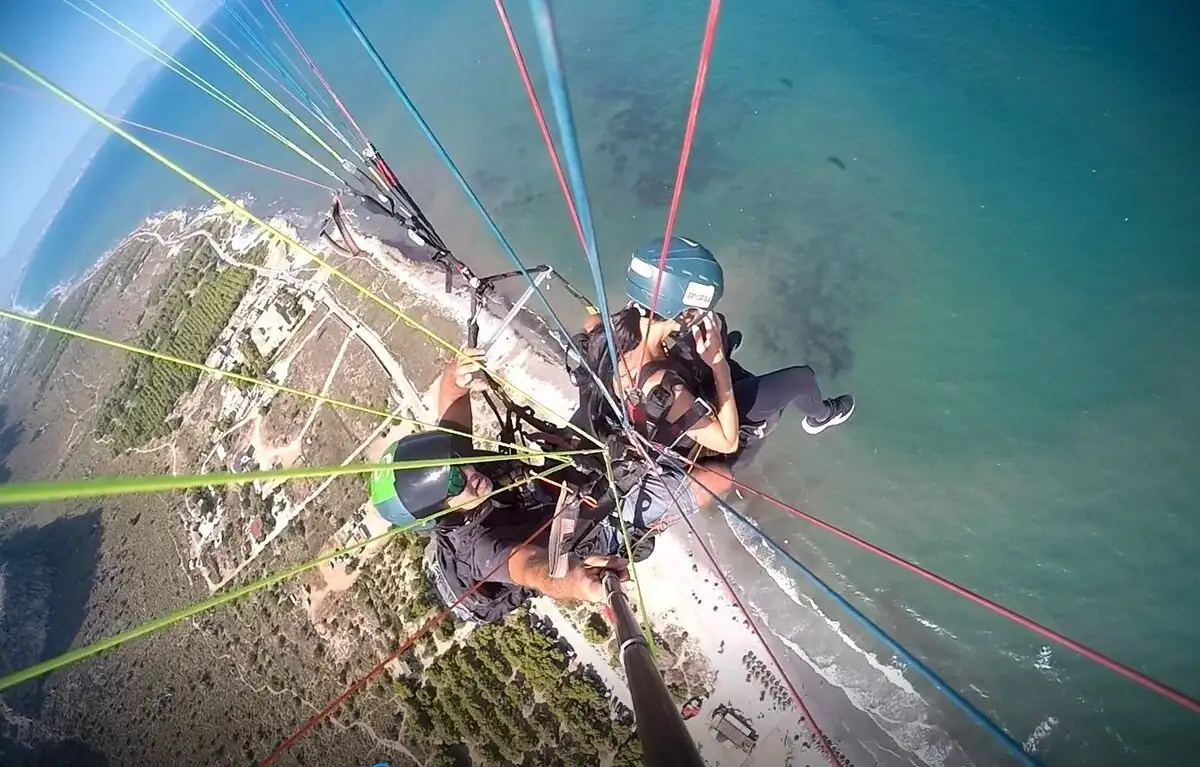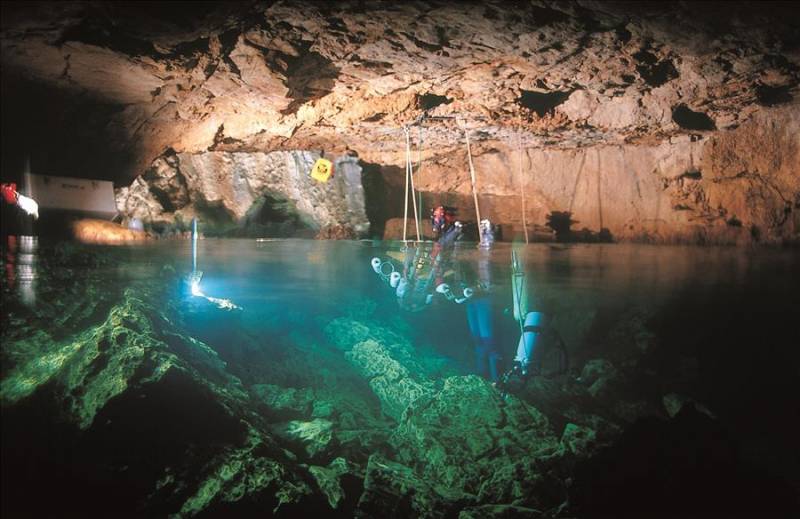The history of the Costa Blanca goes back beyond 1000 BC, when ancient civilizations already inhabited the lands of Alicante in southeast Spain. Visit the remarkable history museums and archaeological sites in Alicante Province to see the fascinating relics of the past.
History Museums and Archaeological Sites in Alicante Province
- Alicante – Tossal de Manises (Lucentum)
- Alicante Archaeology Museum MARQ
- Dénia Castle and Archaeological Museum
- Roman fish salting ‘sea baths’ at Calpe and El Campello
- Calpe – Baños de la Reina
- El Campello – La Illeta dels Banyets
- Soler Blasco Archaeological and Ethnographic Museum, Xàbia
- Archaeological and History Museum of Elche (MAHE)
- Guardamar Archaeological Museum (MAG)
- Pilar de la Horadada Archaeological and Ethnographic Museum
Alicante – Tossal de Manises (Lucentum)
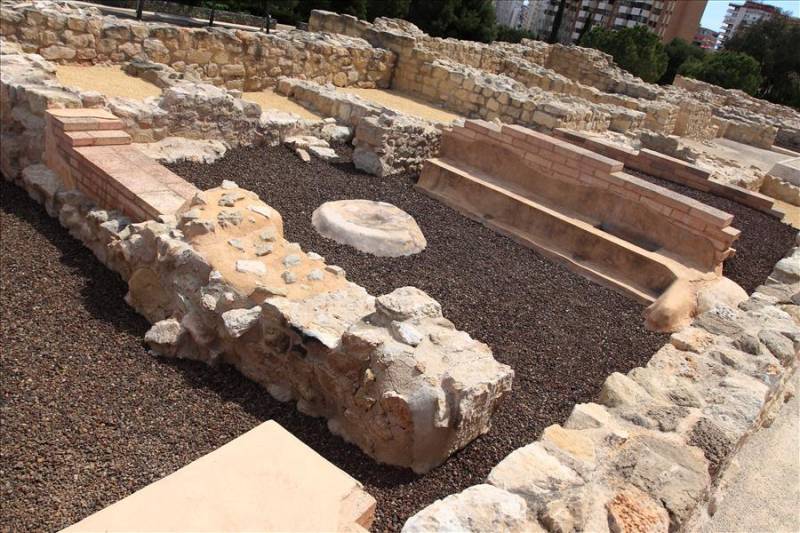
At Tossal de Manises archaeology site you can see the origins of Alicante itself, the remains of the walled Roman City of Lucentum which was erected on the even older site of Akra Leuka. ‘Lucentum’ means ‘City of Light’, a descriptive way of portraying a province that glimmers in the sunlight most days of the year.
Alicante Archaeology Museum MARQ
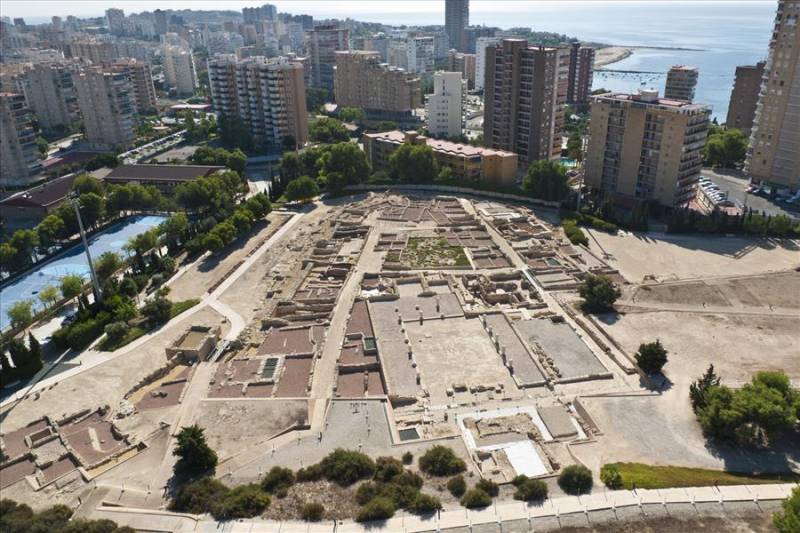
Did you know that people have lived in the Costa Blanca since Paleolithic times? That’s 100,000 years ago! Alicante’s prestigious museum has permanent exhibition halls on prehistory, Iberian Culture, Roman Culture, the Middle Ages, as well as Modern and Contemporary History, with detailed information on archaeological sites in Alicante province.
Descriptions of artifacts on show and explanations of the way of life of the various cultures that inhabited this land through the centuries bring local history alive. Three themed sites have been recreated to make things even more exciting, which feature ‘underwater excavation’, ‘excavations in a cave’ and ‘excavation under a church’.
Dénia Castle and Archaeological Museum
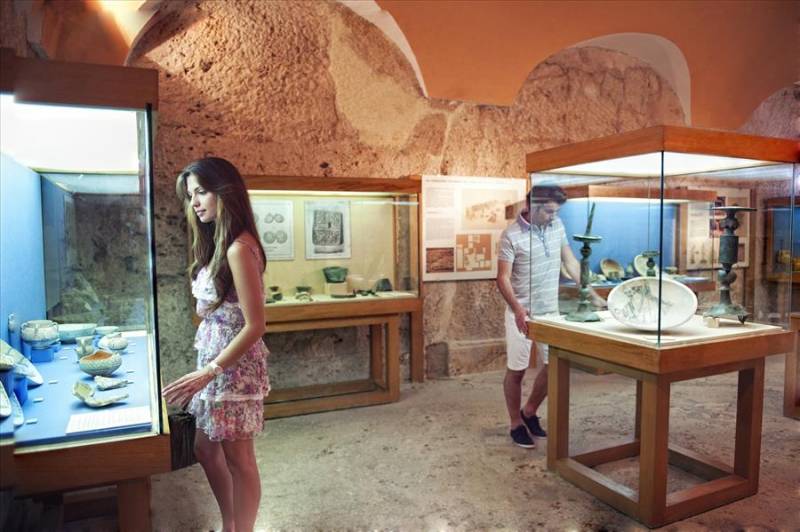
The remains of Diannium, a Roman city built 2 millenniums ago can be seen within the fortified walls of Dénia castle complex -the onsite archaeological museum exhibits bronze statues and other relics dating from the XI century.
Although the historical castle is virtually in ruins, it’s a must see attraction on the Costa Blanca and worth a visit for the panoramic views alone.
Roman fish salting ‘sea baths’ at Calpe and El Campello
Calpe – Baños de la Reina
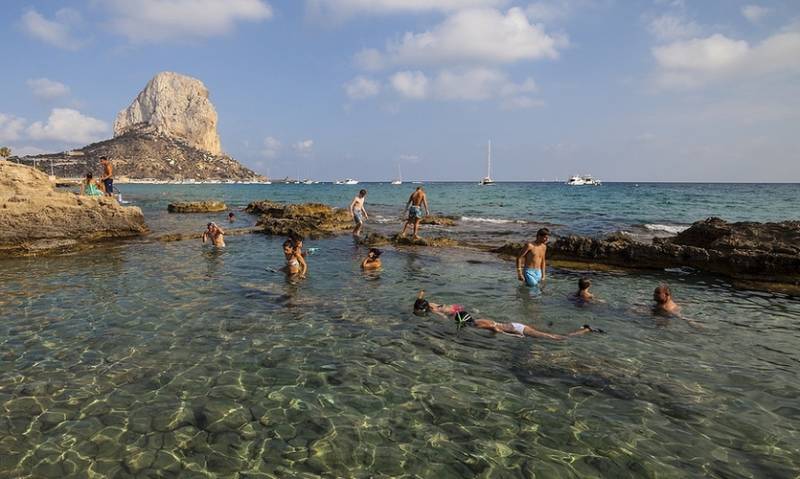
Calpe’s main archaeoligical site is a partly excavated Roman Palace overlooking the legendary ‘Queen’s Baths’ in the Mediterraean Sea – the rock pools were originally carved in the seabed to create a fish factory and salting plant.
El Campello – La Illeta dels Banyets
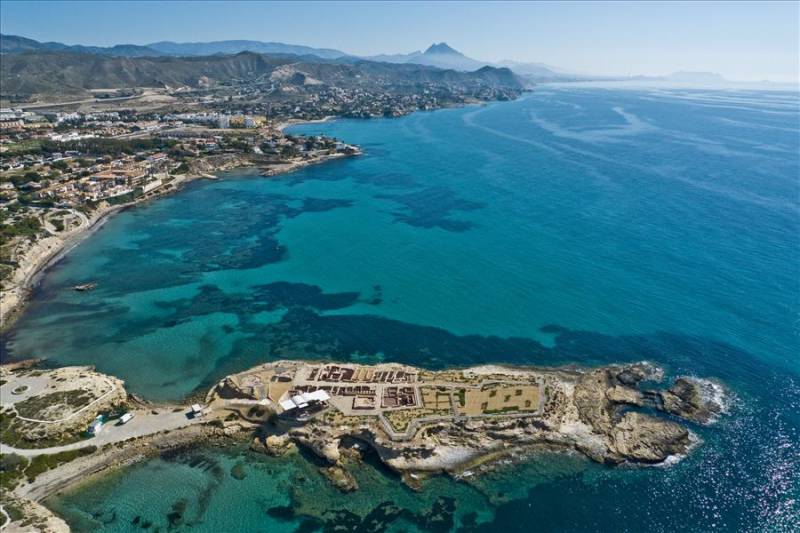
Dating back to the Bronze Age, Ileta dels Banyets was more ‘recently’ used for farming fish in Roman times. Legends suggest these rock pools were really Arab baths where Islamic queens were pampered when the Moors ruled the Costa Blanca.. the name means ‘Isle of Baths’.
Soler Blasco Archaeological and Ethnographic Museum, Xàbia
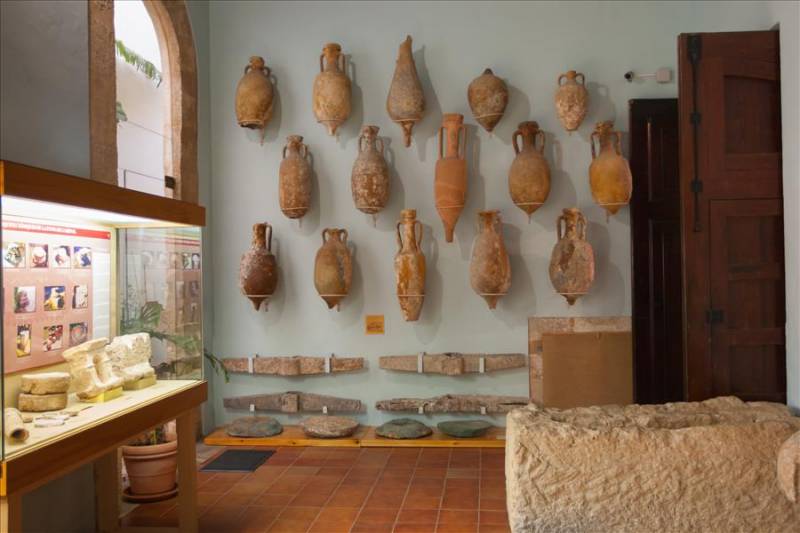
Set in a 17th century sandstone palace, the first floor of this museum holds a collection of artwork by local painter Juan Bautista Segarra Llamas. The archaeological section is on the top floor, one of the most important exhibitions of artifacts brought up from the Mediterranean Sea.
A collection of ceramic and metal amphoras used to store oil and wine, and parts of the ships used to transport them, such as stone anchors, found near the coasts of Xàbia – some objects date right back to VII B.C. Other points of interest include a display of wrought iron tools and machinery made by the local smithy in the early 19th century.
Archaeological and History Museum of Elche (MAHE)
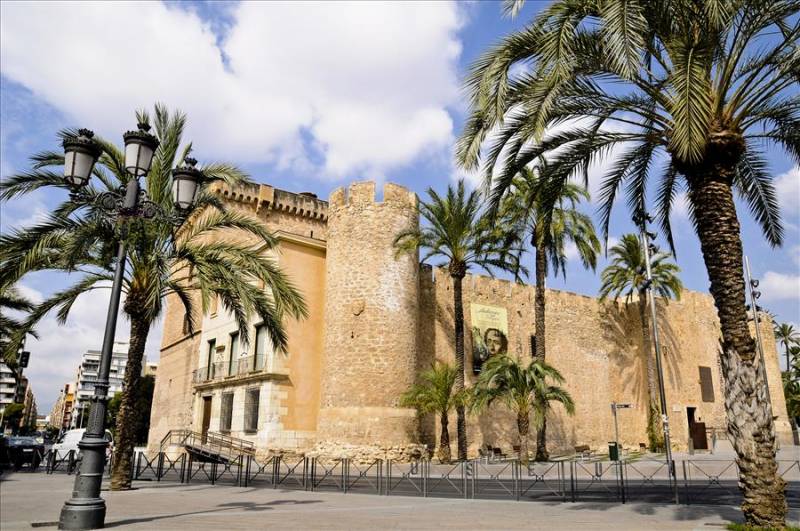
The Mahe Museum and Altamira Palace illustrate the history of Elche through the ages. Although grand part of the palace was built in the 16th Century, vestiges from the 12th century have been found, the original walled fortification thought to have originated further back in time.
Permanent exhibitions in the museum include sections on local archaeology with finds from the Bronze Age. Discover how the first settlement of ‘Ilici’ was erected by the Iberians and see how the palm grove city evolved through history to become Elx or Elche of our times.
Guardamar Archaeological Museum (MAG)
A collection of fossils show how huge whales and sharks, and other extraordinary sea, creatures lived off the Guardamar coast over 2 million years ago. See how the landscape has evolved over the millenniums and get a fascinating insight into local farming and crafts in the Bronze Age. Relics from the Iron Age are a throwback to times when Phoenician sailors colonized the River Segura Estuary.
The ‘Dame of Guardamar’ and other sculptures dating to Iberian times are other highlights of this interesting archaeological museum. Roman, Islamic and Medieval history is also featured along with more recent collections from the 18th century.
Pilar de la Horadada Archaeological and Ethnographic Museum
The museum has sections on wildlife and fauna, fossils, coins, and ethnology. Noteworthy objects on show include pieces of a Roman road, a Roman milestone and a tombstone, a Roman anchor, and sections which show items of more recent local history such as a winepress, basketwork, household utensils, farming equipment, textiles and traditional costumes.
Related Posts on activities in Alicante Province
Costa Blanca Walks and Mountain Hikes in Alicante
The Costa Blanca has some of the best mountain walks and coastal trails in Spain. These are 11 of the most popular walks and hikes in Alicante Province.
Read more >>>
Tandem Paragliding in Alicante Province
A tandem paraglide flight is one of the best adventure activities on the Costa Blanca. Paragliding in Alicante is fun, just imagine the thrill of flying over Spain’s Mediterranean coastline or soaring over the mountains on a sunny day.
Read more >>>
Best Snorkeling and Scuba Diving in Alicante
The Costa Blanca is one of the best places for snorkeling and scuba diving in Spain. Off the coast of Alicante Province there some great dive sites and the sea is perfect for snorkel in the summer.
Read more >>>
Discover the World with ![]() the blog with a focus on independent budget travel.
the blog with a focus on independent budget travel.




